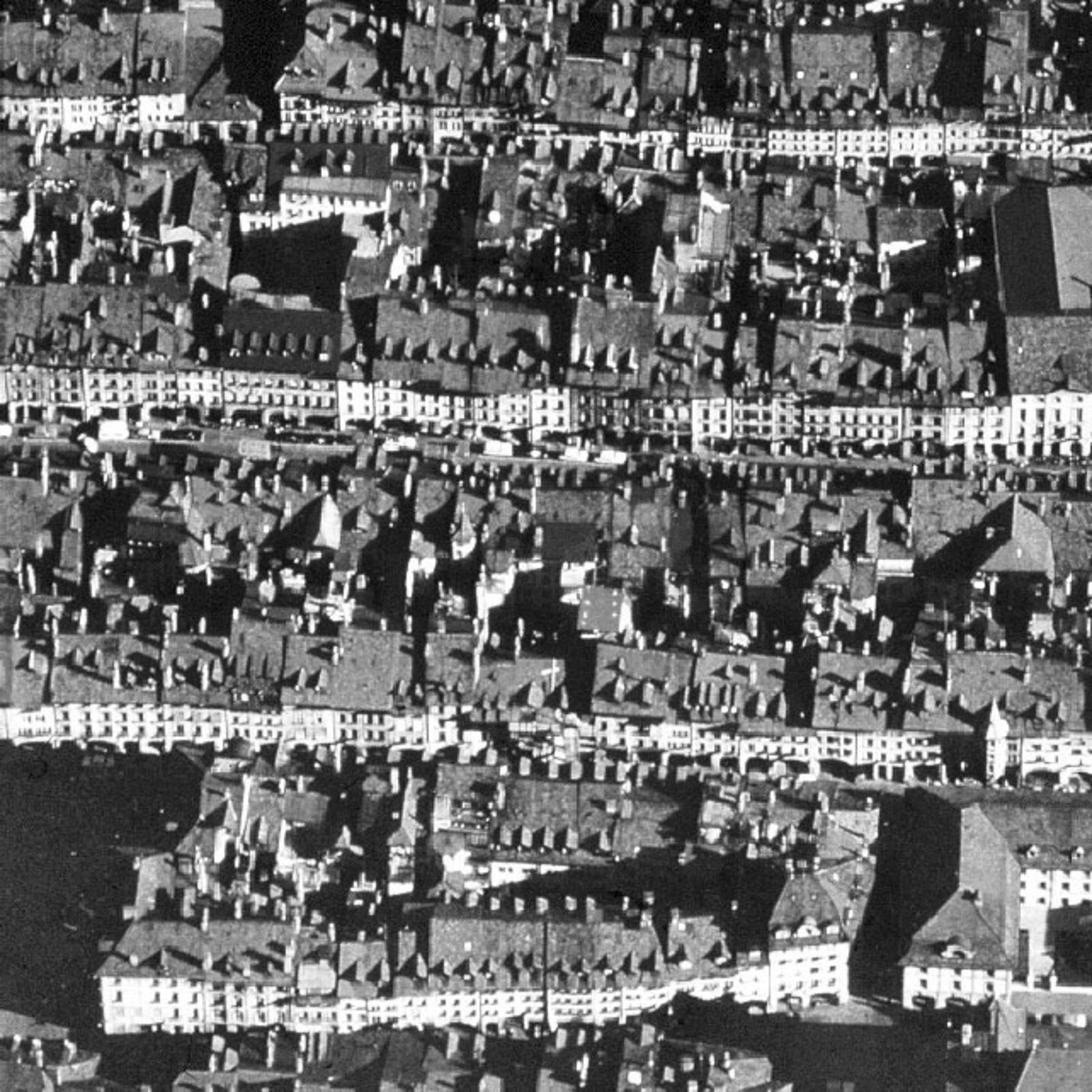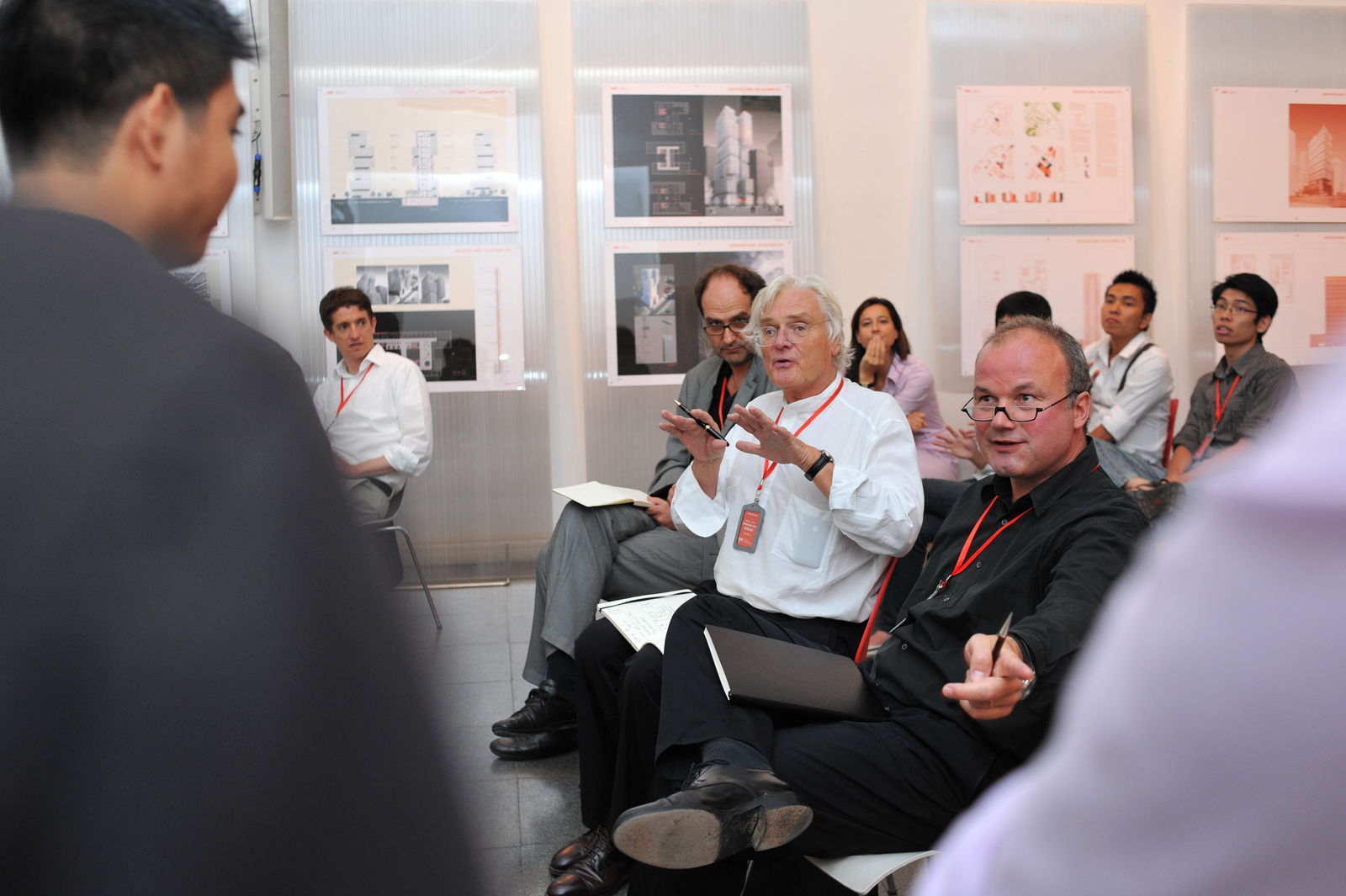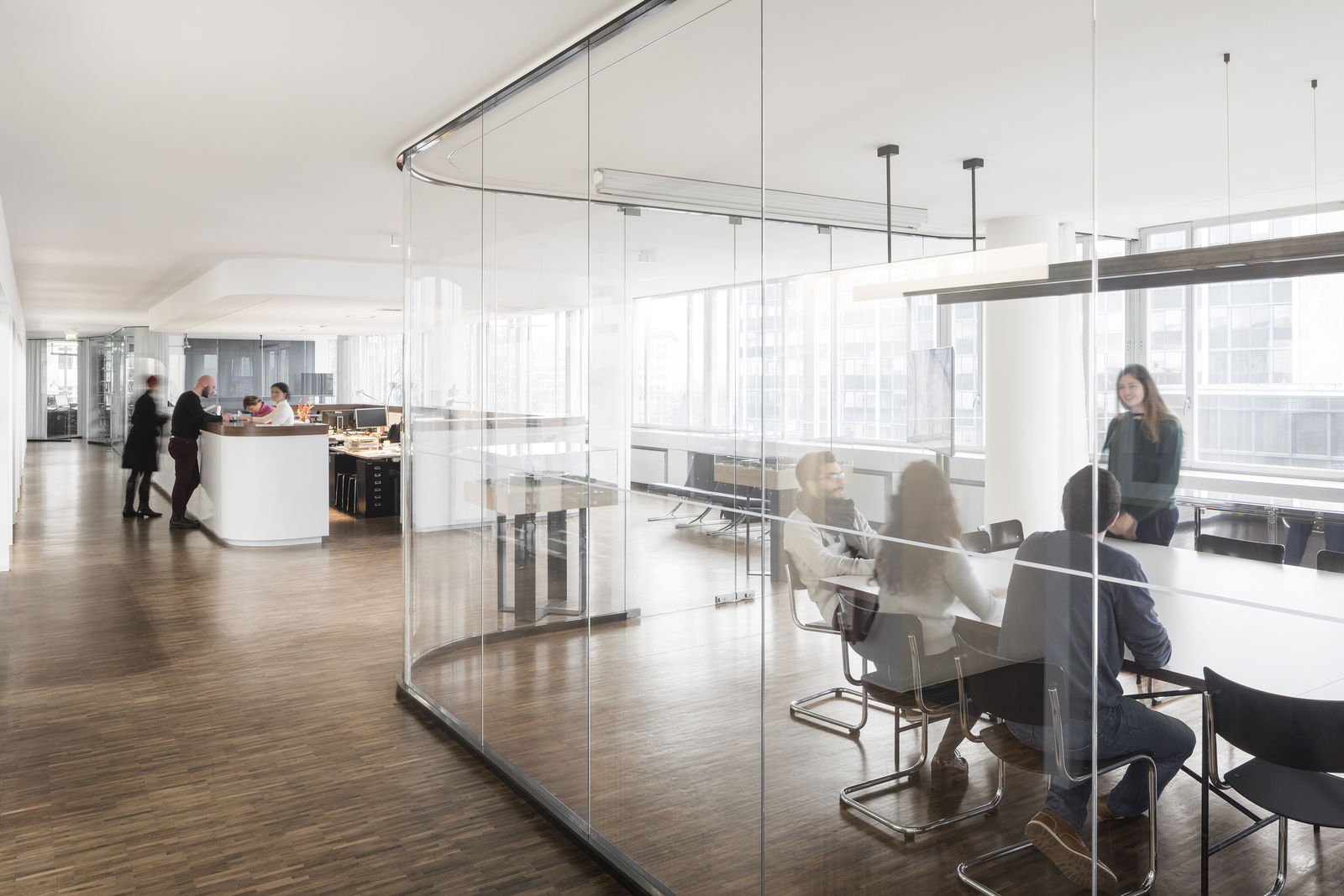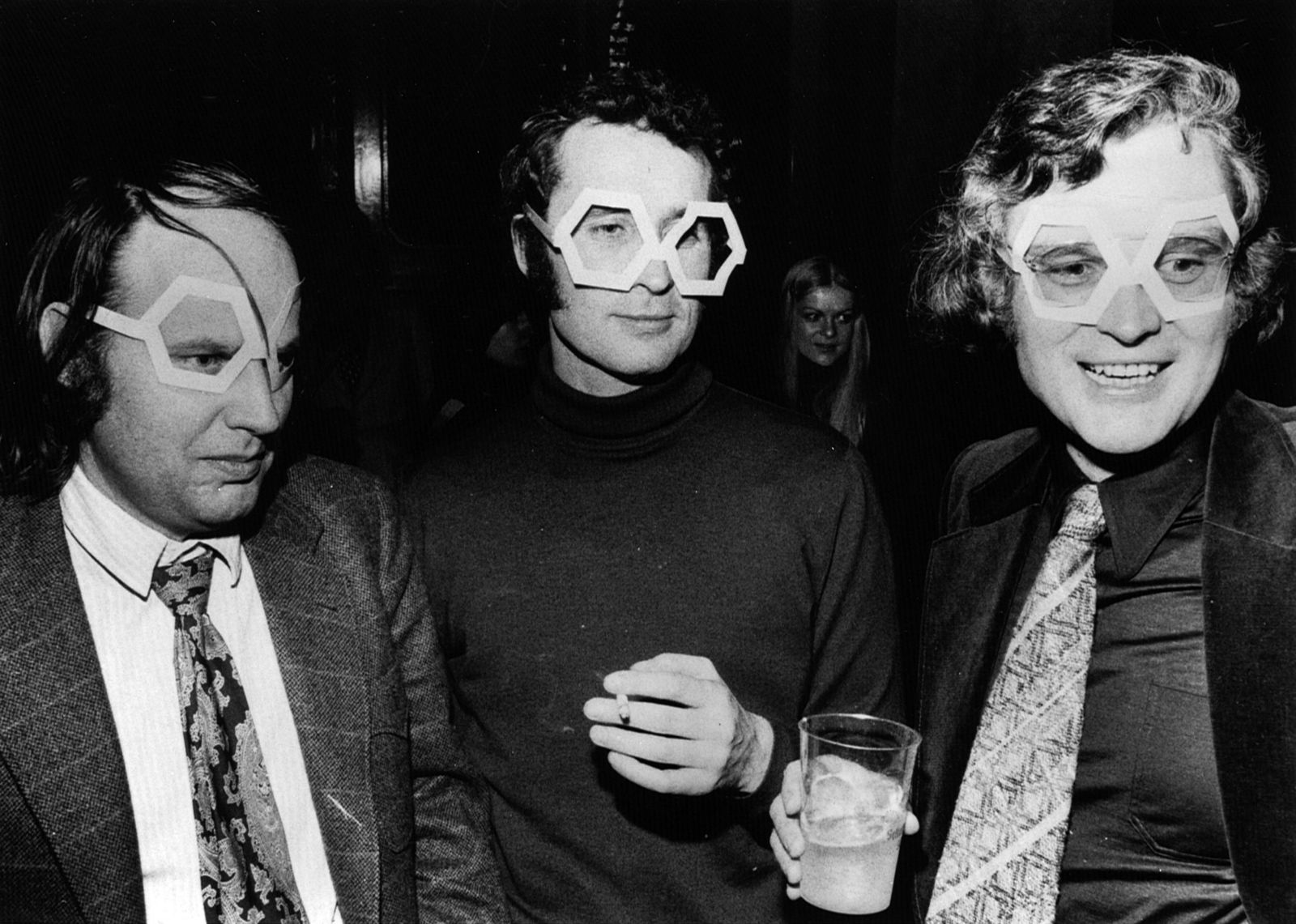Philosophy
Our ideal is to design things that are simple enough to maintain programmatic relevance and preclude obsolescence. For us, a building is “simply” good when it optimally fulfills its functional requirements, is constructed in a way that makes sense, is built of appropriate materials, and credibly responds to the conditions of the place. Therefore, we always try to formulate a few core questions that capture the essence of the design task.
We see ourselves as partners who devise responses in an environmental context. We believe that an architect’s task lies foremost in turning ideas into reality: to do what is sensibly possible without losing the ability to consider the impossible. For us, architecture is not a question of style but a question of matching the form of buildings to the spaces we live in.

Simplicity

Unity in Diversity

Uniqueness

Structural order
It is our unequivocal mission―in everything we design and build―to act in accordance with shared principles in terms of content and concept. We are committed to an approach we call “designing in dialogue.” The approach could also be called dialectic in the sense of an imaginary interactive dialogue between the intellectual position of the architect and the parameters defined by the specific conditions. In concrete terms, our architectural approach can be summarized by four guiding principles of designing in dialogue: simplicity, unity in diversity, uniqueness, and structural order.
Finding appropriate and acceptable solutions to the design of our environment demands an openness for dialogue and adjusting one’s approach to changing conditions. The decision as to what and how to build is made by society, with its complex political and economic mechanisms. We as architects have not only the obligation but also the responsibility to partake in this dialogue and to do so with inner conviction.


